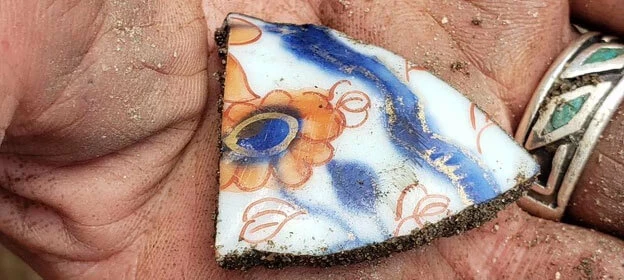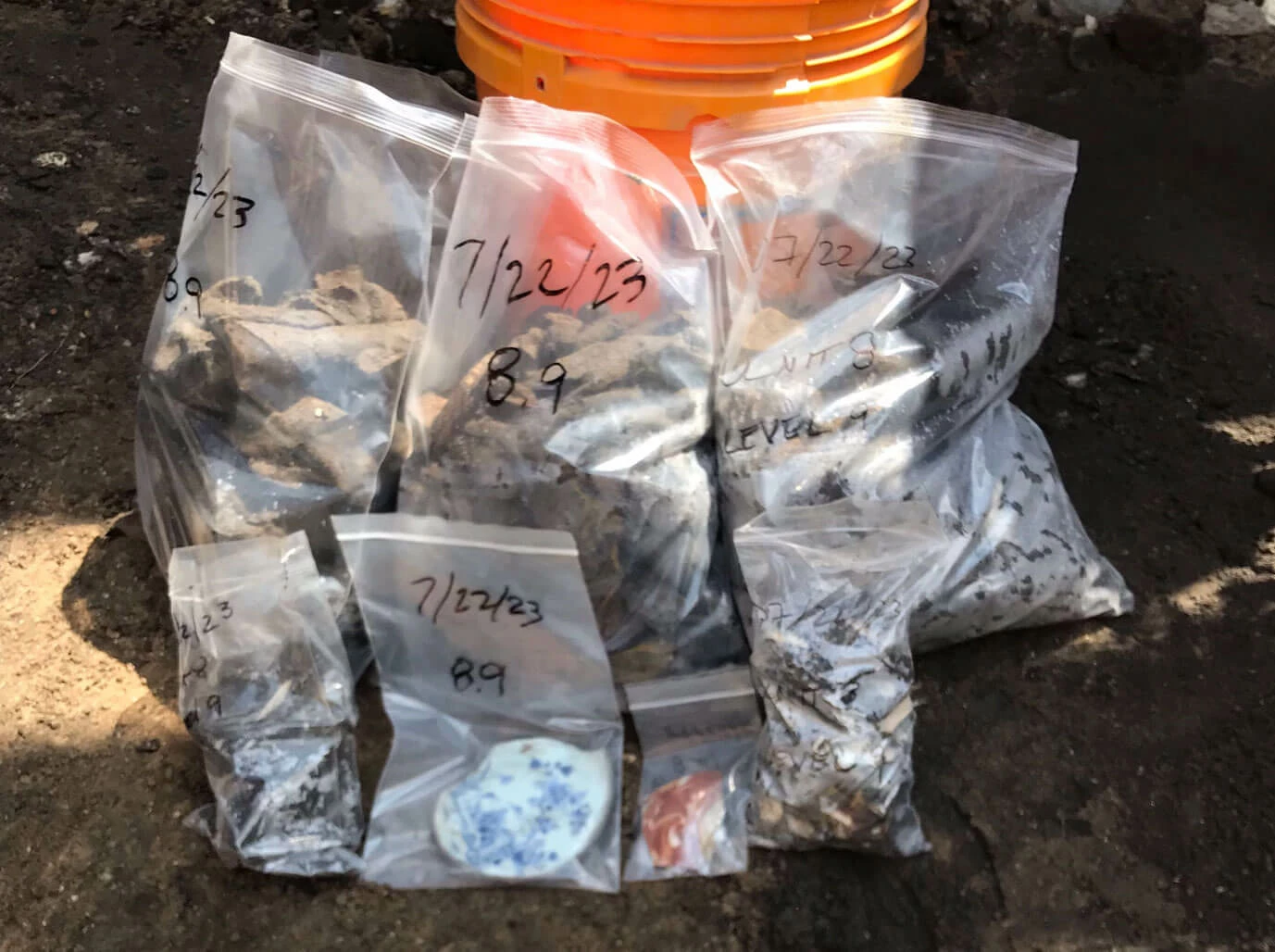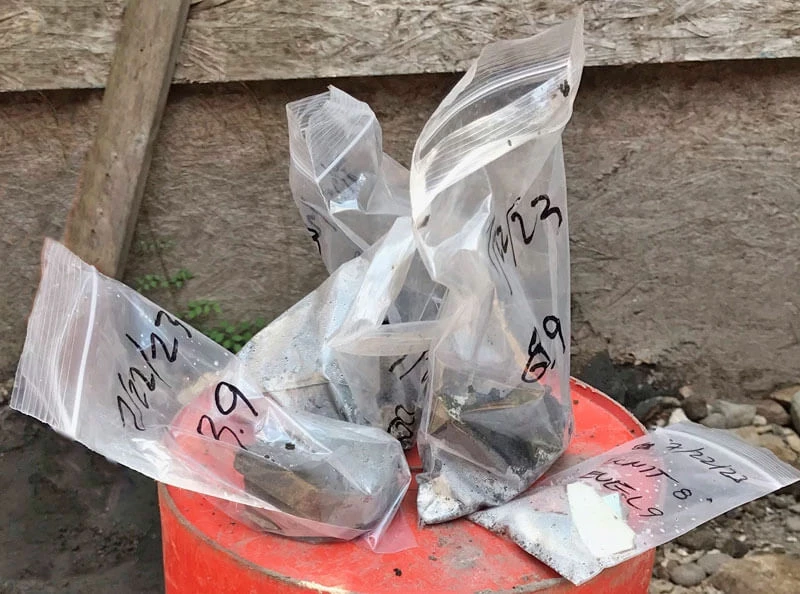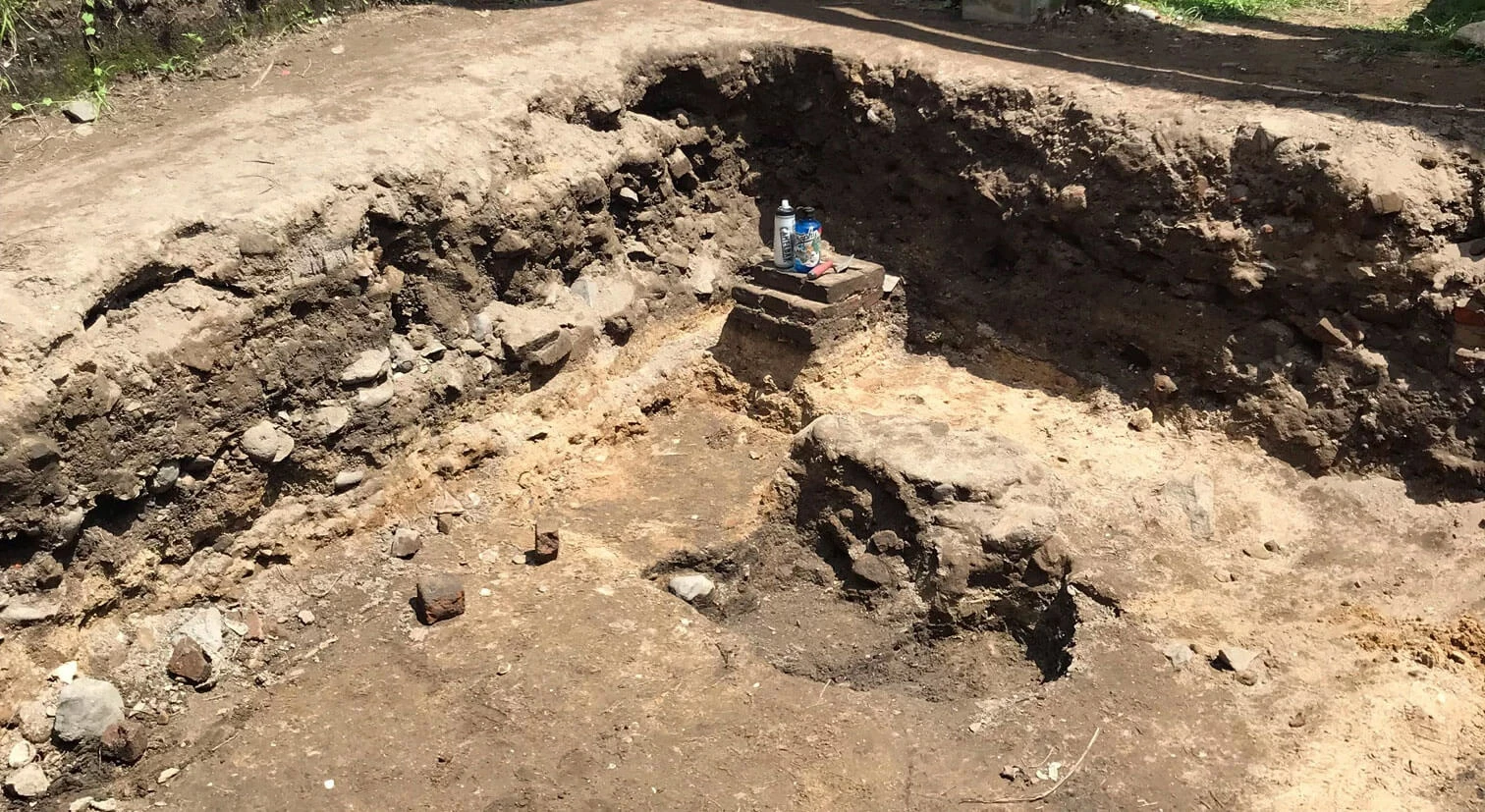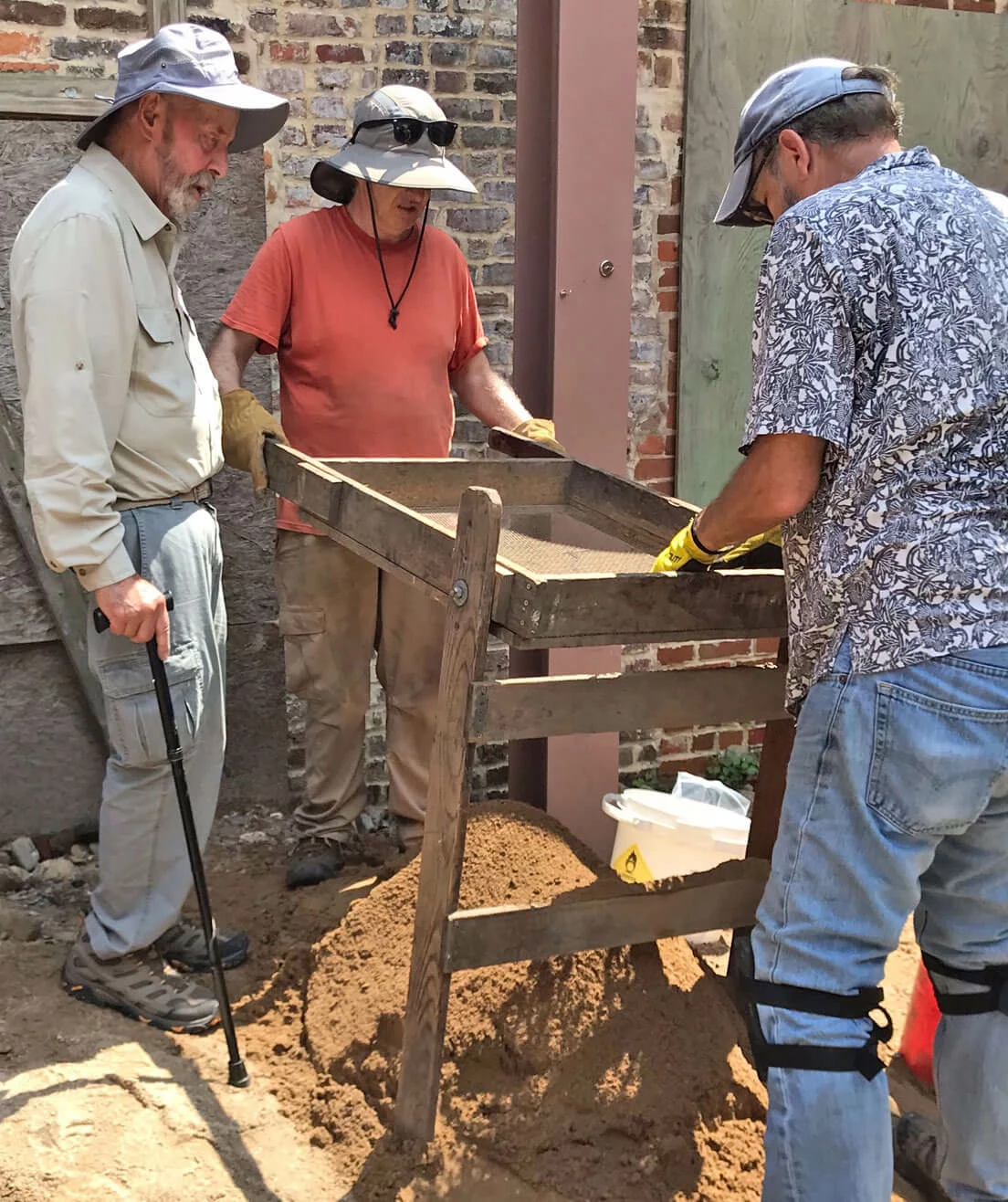to select
to navigate
esc to close
Go Back
Custom Packaging
Bags & Liners
Tubing & Film
Packaging Supplies
Shop by Application

Hi there,
how can we help you today?
Shipping options will change based on location.
Current ZIP Code:
Update zip code
User my current location
Order before 4pm EST for same-day shipping on in-stock items!
Lowest Price Guarantee
30-Day Returns & Exchanges
100% Satisfaction Guarantee
AUG 03, 2023 • BY ROGER •
Welcome to the captivating archaeological dig at 10 S. Front Street in Wilmington, NC, where the layers of history are carefully unveiled. This location, which was once a lively hub of pubs, peanut processing, and a hardware shop, now has the potential to disclose remarkable insights into the lives of the people who worked, lived, and relaxed here in the past. However, the excavation entails more than simply searching for artifacts; it requires carefully organizing and safeguarding various objects. Let's not only delve into the historical significance of the site but also shed light on how smaller heavy-duty plastic zip-lock bags play a crucial role in the preservation and categorization of artifacts such as ceramic, porcelain, clay pipe parts, buttons, glass items, coins, cutlery parts, and even weapon components. The larger 12" x 15" bags protect animal bones, shells, nails, glass, charcoal, and coal.
While excavating through the many layers of history, archaeologists have discovered various objects that offer unique insights into the time period in question. Each piece, whether a shard of ceramic or porcelain or a piece of a clay pipe, has its own tale to tell about the people who formerly lived in and frequented the thriving tavern culture of the late 18th century. Smaller heavy-duty plastic zip-lock bags are used to guarantee the proper preservation and protection of these sensitive objects.
These antiques are protected from the elements and contamination by being stored in plastic bags, which also act as a barrier between the artifacts and the environment. Each relic is handled with extreme caution when it is placed inside of its corresponding bag. The bags are painstakingly labeled to provide essential information regarding the artifact's location inside the site. This methodical approach contributes to the protection of these priceless artifacts and makes it easier for historians and archaeologists to conduct research and carry out analyses more efficiently.
The excavation has now reached the 19th century, and evidence of a peanut processing factory has been discovered. This historical endeavor has yielded such a diverse range of artifacts as buttons, glass items, coins, portions of cutlery, and even weapon components, which is a testament to the enterprise's multidimensional nature. Nevertheless, the work of maintaining and organizing such a wide variety of objects presents its fair share of obstacles.
The more compact, heavy-duty plastic zip-lock bags are used to accommodate these one-of-a-kind discoveries carefully. Each item, regardless of how delicate or small it may be, is given its own "safe house". These bags protect the antiquities from damage caused by the environment and stop contamination from spreading from one item to another. The careful structure guarantees that academics may analyze and interpret the importance of each artifact with confidence, which enriches our understanding of this era in peanut processing.
As the 19th century gave way to the 20th, this location served as the location of a prosperous hardware store, which eventually revealed its very own treasury of antiques. The excavation continues to uncover a wide variety of fragile objects, including porcelain utensils, glass bottles, and ceramic plates, all of which require the utmost care in their handling and preservation.
These more compact, heavy-duty plastic zip-lock bags rise to the occasion and fulfill the role of a protective layer for the fragile relics left over from the past. Because of their ability to be resealed, researchers can securely access the relics for the purposes of further investigation and analysis without jeopardizing the artifacts' authenticity. The bags also serve as a tool for record-keeping, ensuring that the history of each artifact is accurately documented, allowing for the precise reconstruction of the historical narrative associated with the site.
The catastrophic fire that heralded the end of the age of the hardware store also left behind a variety of larger artifacts, such as the bones of animals, shells, nails, shards of glass, charcoal, and coal. These were among the things that were found. The additional issues they provide make the care and storage of these larger things more difficult.
In response to this challenge, the excavation crew uses larger heavy-duty plastic zip-lock bags measuring 12 inches by 15 inches. These bags offer plenty of room for storing even the most cumbersome relics. These bags shield the animal bones and shells from deterioration due to exposure to the elements while ensuring that the nails, glass shards, and charcoal are safely contained within a consistent environment. The team uses these bags to ensure that the significant artifacts are undamaged and that their context and relationship to the site are saved for future research purposes.
The archaeological dig at 10 S. Front St. in Wilmington, NC, is a remarkable journey through time, providing invaluable insights into the lives and cultures that once thrived at this site as far back as 1760 in the current level of excavation. Beyond the historical significance, the meticulous use of smaller and larger heavy-duty plastic zip-lock bags adds an essential layer of protection and organization to the artifacts. From the tavern culture to the peanut processing facility and the hardware store, each artifact finds its rightful place within these durable bags, ensuring their preservation for future generations. As the past is unearthed, it is building a lasting legacy for future researchers and history enthusiasts, safeguarding the story of 10 S. Front St. and its contribution to the rich tapestry of human history.





